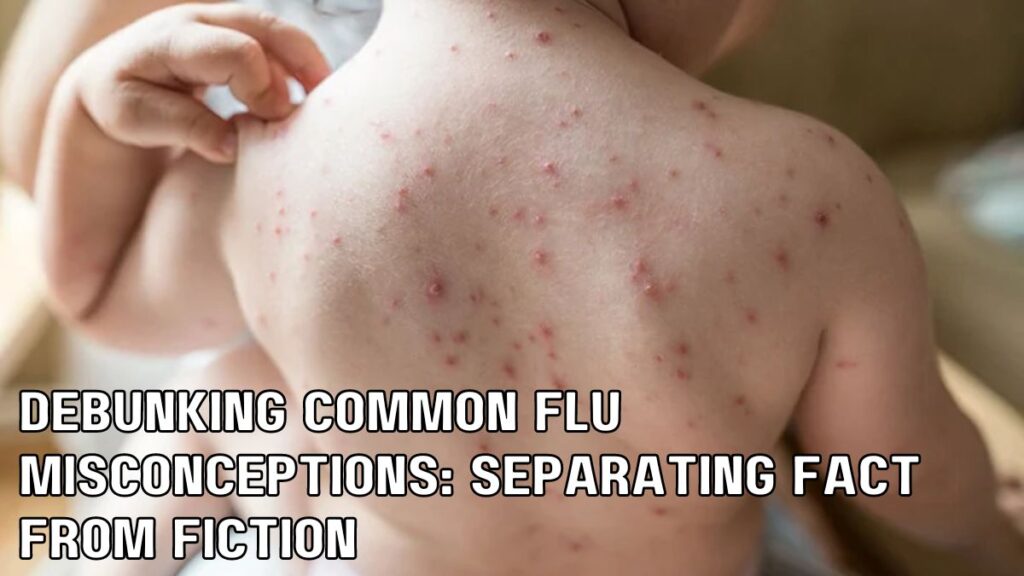Introduction
Chickenpox, also known as varicella, is a common childhood illness caused by the varicella-zoster virus. While it’s usually not a serious condition, it can cause discomfort and complications in some cases. In this blog, we’ll explore the symptoms, treatment options, and preventive measures for chickenpox in children, helping parents and caregivers better understand and manage this contagious disease.
Symptoms of Chickenpox in Children
Chickenpox typically begins with a few days of mild symptoms before the characteristic rash appears. Common symptoms include:
- Fever: The child may develop a low-grade fever, usually before the rash appears.
- Fatigue: Children with chickenpox may feel tired and irritable.
- Loss of Appetite: A decreased appetite is common during the illness.
- Itchy Rash: The hallmark of chickenpox is the appearance of an itchy rash, which starts as small, red spots and progresses to fluid-filled blisters. These blisters can appear anywhere on the body, including the scalp, face, trunk, and limbs.
- Headache and Sore Throat: Some children may experience mild headache and a sore throat.
Treatment for Chickenpox
Chickenpox is usually a self-limiting illness that goes away on its own within one to two weeks. However, there are ways to alleviate symptoms and prevent complications:
- Fever Reduction: Over-the-counter fever-reducing medications, such as acetaminophen (Tylenol) or ibuprofen (Advil), can help reduce fever and relieve discomfort.
- Itch Relief: Calamine lotion and oatmeal baths can provide relief from itching. Keep children’s nails short to prevent scratching and potential skin infections.
- Hydration: Encourage your child to drink plenty of fluids to stay hydrated, especially if they have a fever.
- Rest: Ensure your child gets enough rest to support their recovery.
- Isolation: Keep your child at home until all blisters have crusted over to prevent the spread of the virus to others.
Preventing Chickenpox
Preventing chickenpox is essential, especially in children who haven’t been vaccinated. Here are some key steps:
- Vaccination: The chickenpox vaccine is highly effective in preventing the disease. It is recommended as a two-dose series for children.
- Avoid Close Contact: Keep your child away from individuals with chickenpox or shingles, as the virus is highly contagious.
- Good Hygiene: Frequent handwashing can help reduce the risk of infection. Teach your child proper handwashing techniques.
- Vaccination of Family Members: Ensure that family members are up-to-date with their vaccinations to reduce the risk of transmission within the household.
When to Consult a Doctor
While chickenpox is usually a mild illness, it’s essential to contact a healthcare provider if:
- The child’s fever persists for more than four days or exceeds 102°F (38.9°C).
- The rash becomes very red, warm, or swollen, which could indicate a secondary bacterial infection.
- The child has difficulty breathing, a severe cough, or a stiff neck.
Conclusion
Chickenpox is a common childhood illness that can be managed with proper care and attention to symptoms. Vaccination is a highly effective preventive measure, and parents should ensure their children receive the recommended vaccines. By recognizing the symptoms, providing appropriate care, and following preventive measures, parents can help their children recover from chickenpox and reduce the risk of complications and transmission to others.

